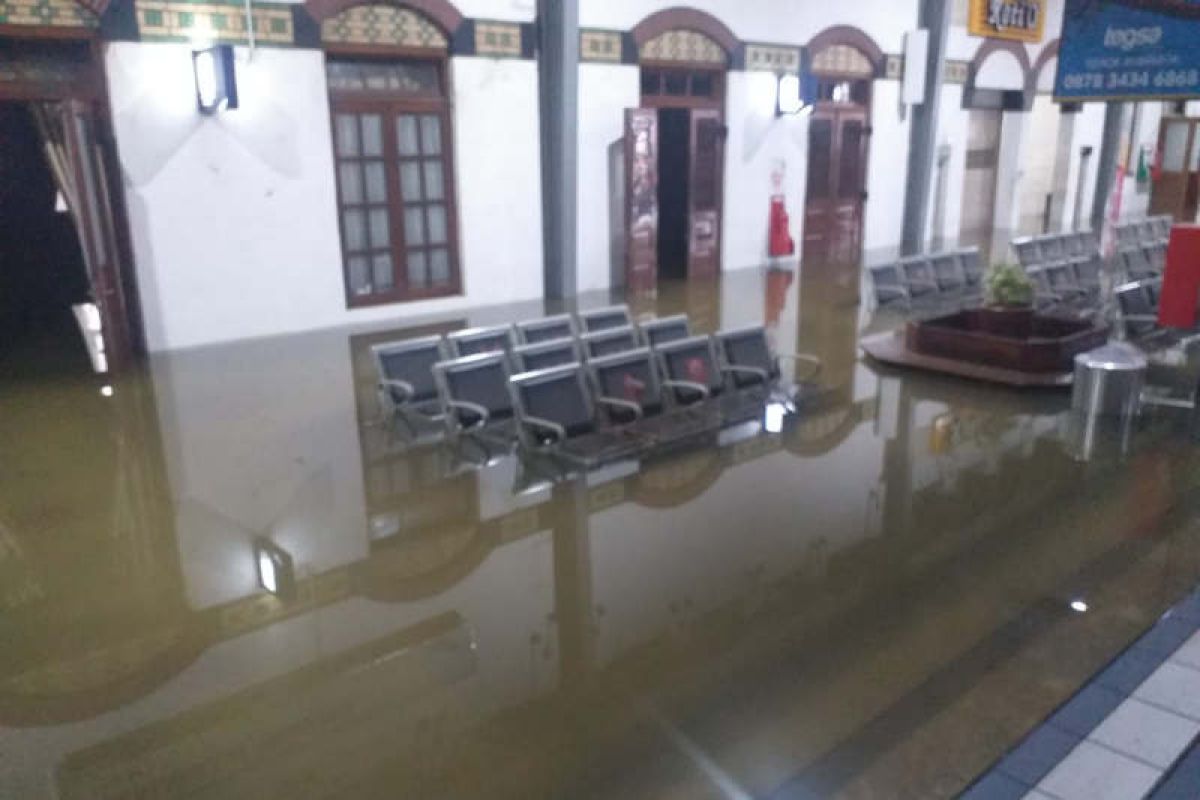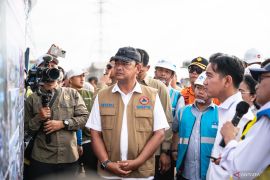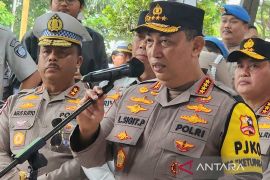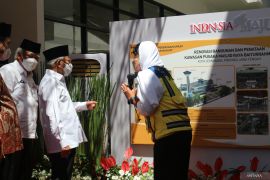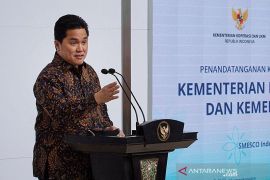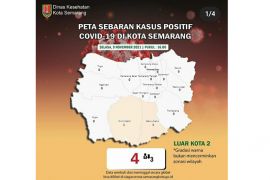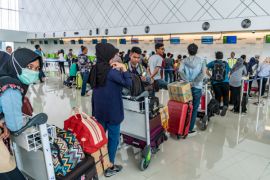The flooded tracks are located in the rail line east of Semarang, including those between Tawang and Alastuwa train stations, PT Kereta Api Indonesia (KAI) Operational Regional (Daop) 4 Semarang Spokesman Krisbiyantoro said.
The floodwaters inundating the tracks were measured about 35 and 38 centimeters in height, he said, adding that the flooding submerging the Kaligawe area remained high so that trains could not pass the track there.
The diverted train travels included those served by Argo Bromo Anggrek and Dharmawangsa from Surabaya, East Java. They were diverted to Solo, Central Java.
The departure of trains serving the Semarang-Jakarta route, such Argo Muria, was shifted from Tawang station to Poncol station while the train journeys heading to the west from Poncol Station have returned to normal, he said.
"May the floodwaters recede soon so that the railway services can get back to normal," Krisbiyantoro said.
Massive flooding inundated certain parts of Semarang, the capital of Central Java Province, following heavy rainfall from Friday to Saturday.
According to the Semarang Disaster Mitigation Agency (BPBD), the floods inundated various areas in 76 neighborhoods of 10 subdistricts.
The affected subdistricts are Tugu, Semarang Barat, Semarang Utara, Semarang Tengah, Semarang Selatan, Ngaliyan, Pedurungan, Semarang Timur, Gayamsari, and Genuk.
The mobility of people got disrupted due to the floodwaters inundating several road sections and train stations in the city.
The Indonesian Government claimed that the flooding was caused by extreme rainfall and tidal flooding.
"The rainfall data show that it is categorized as 'extreme'. Based on the hydrological analysis, the rainfall is a 50-year recurrence interval," Public Works and Housing Minister Basoeki Hadimoeljono said.
In removing the standing water, three water pumps were used to pump the flood water into the Semarang River, he told journalists on the sidelines of his visits to Kota Lama and several other affected areas on Saturday.
The drainage system in Kota Lama that had been revitalized was designed as part of the city's flood prevention, he said, adding that the water pumps were indispensable to deal with the flood events.
Besides revitalizing the drainage system of Kota Lama, also known as Oude Staat or Little Netherlands owing to its colonial buildings, the revitalization of rivers flowing through Semarang city, was to be continued, he said.
Related news: Dompet Dhuafa distributes fast-food boxes to Semarang's flood victims
Related news: Semarang's flooding caused by extreme rainfall, tidal flooding: govt
Translator: Immanuel CS, Rahmad Nasution
Editor: Fardah Assegaf
Copyright © ANTARA 2021
